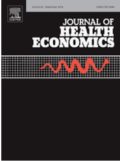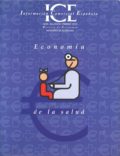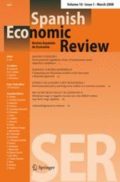Health Care Management Science, vol. 9, pp. 225 – 232. (2006).
Autores: Fernando Sanchez-Martınez & Jose-Maria Abellan-Perpinan & Jorge-Eduardo Martınez-Perez y Jaume Puig-Junoy.
Abstract The objective of this paper is to provide a description and analysis of the main costing and pricing (reimbursement) systems employed by hospitals in the Spanish National Health System (NHS). Hospitals cost calculations are mostly based on a full costing approach as opposite to other systems like direct costing or activity based costing.
Continuar leyendo «Cost accounting and public reimbursement schemes in Spanish hospitals»






